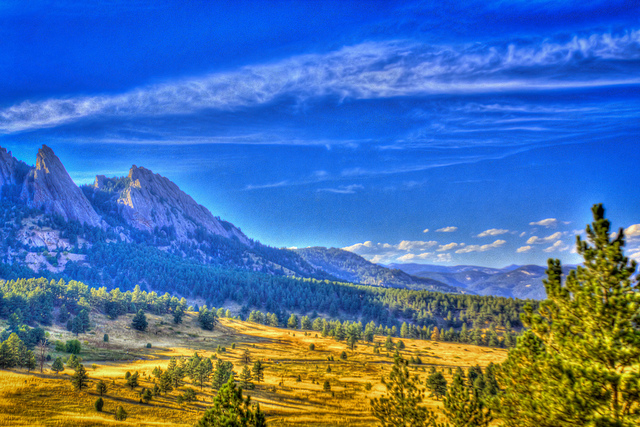In 2009 in the peak of the world’s financial crisis and the first year of President Obama’s term, almost anything seemed possible.
President Obama had been elected partly on a platform that promised to treat climate change as an opportunity, because, as he had said in 2008 in the second debate with McCain, “if we create a new energy economy, we can create five million new jobs.”
Both the fossil fuel companies and the environmental movement took this as a sign that the President would introduce a bold piece of climate legislation early in his presidency.
The financial crisis had just shattered public faith in laissez-faire economics—so much so that there was support in the US for breaking the ideological taboos against intervening in the market to create good jobs. In 2009 the banks were still on their knees, and two of the Big Three automakers at the heart of the fossil fuel economy had so mismanaged their affairs that they too had landed in the hands of the government.
Thus the banks, the auto companies, and a stimulus bill were in the President and his party’s hands, with more economic power than any US government had since that of FDR’s.
Imagine if President Obama had indeed been able to build the new green economy promised on his campaign trail—treating the shattered car companies, broken banks, and stimulus bill as the building blocks of a green future!
The stimulus package could have been used to build the best public transit systems and smart grids. The auto industry could have been reengineered so that its factories made the machinery to build electric cars, streetcars, and high-speed rail systems—and the bailed out banks could have been made to help!
They could have been mandated as part of the bailout to give those factories loans. And a massive job creation would have begun.
Although there was support for wind and solar and for green initiatives like energy efficient building upgrades in the stimulus bill, the biggest infrastructure winner was the national highway system. And carbon emissions rocketed, alongside joblessness, energy costs, and income disparities. And it seemed that a genuine chance to build a new green future had dried up.
But around 2013, residents and local officials in the city of Boulder, Colorado began lobbying their privatized power utility, ironically called Public Service, to move away from coal and toward renewable energy. Boulder’s local power movement began with the simple desire to switch to clean energy, regardless of who was providing it. Yet in the process of trying to achieve this goal, residents discovered that they had no choice but to knock down a core ideological pillar of the free market: that privately run services are superior to public ones.
Met with resistance, the coalition of environmentalists and an energetic youth group called New Era Colorado came to the conclusion that they had to take their grid back from the Minneapolis-based Xcel Energy Corporation. (There is a You Tube video of this effort, entitled “Campaign for Local Power” put out September 1, 2013 and a “Daily Camera” article written about this around the same time.)
This was the first time a US city was successful in taking such steps for the sole purpose of reducing its impact on the planet. In the process Boulderites discovered that there is a clear and compelling relationship between public ownership and the ability of communities to get off their addictions to dirty energy.
So perhaps city by city, state by state is the way to go about bringing in the Great Green Transition!
Relephant:
Calling for a Sustainable Future {Boulder}
Boulder citizens win control of their energy future from out-of-state Corporation.
Author: Linda Lewis
Editor: Renee Picard
Image: Dave Dugdale at Flickr











Read 5 comments and reply